Q&A: Mark Giordano on the Sustainable Development Goal for Integrated Water Resources Management
Mark Giordano is the director of the Program in Science, Technology and International Affairs at Georgetown University. He researches natural resources management and has written extensively about water management in developing countries. He talks with Circle of Blue about the Sustainable Development subgoal to implement integrated water resources management.
In a series of Q&As with water experts, Circle of Blue explores the significance of the United Nations Sustainable Development Goals for water, how they can be achieved, and how they will be measured. We spoke with Mark Giordano about the 6.5 subgoal, which aims, by 2030, to “implement integrated water resources management at all levels, including through transboundary cooperation as appropriate.”
Mark Giordano: The big issues used to be that, because water wasn’t scarce, people in different sectors just used it however they wanted. As water scarcity increased, we realized how interconnected water is with almost everything and how use in one sector impacted others, leading to conflicts and misuse.
So we said let’s stop thinking about water sector by sector and think instead of an integrated way to manage it. That is where the idea of integrated water management—with small letters—comes from.
It makes sense, of course. We shouldn’t be using water across purposes and not understanding what the tradeoffs are. But in some cases the idea of integrated water resources management has turned from a good idea to acknowledge into more of a prescription of exactly how we should manage water, and it has become something in large capitals—IWRM.
Mark Giordano: We forgot that the environment needed water — this is in the U.S. case — and we didn’t consider that surface water and groundwater were interconnected. We over-allocated surface water, we over-allocated groundwater, and then we remembered we should have left some for the environment.
There is now increasing awareness in the U.S. and elsewhere that the environment needs water too, not just because of an intrinsic value, but also because of all the services it provides.
A news correspondent for Circle of Blue based out of Hawaii. She writes The Stream, Circle of Blue’s daily digest of international water news trends. Her interests include food security, ecology and the Great Lakes.
Contact Codi Kozacek

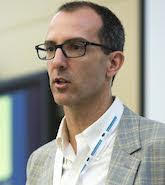
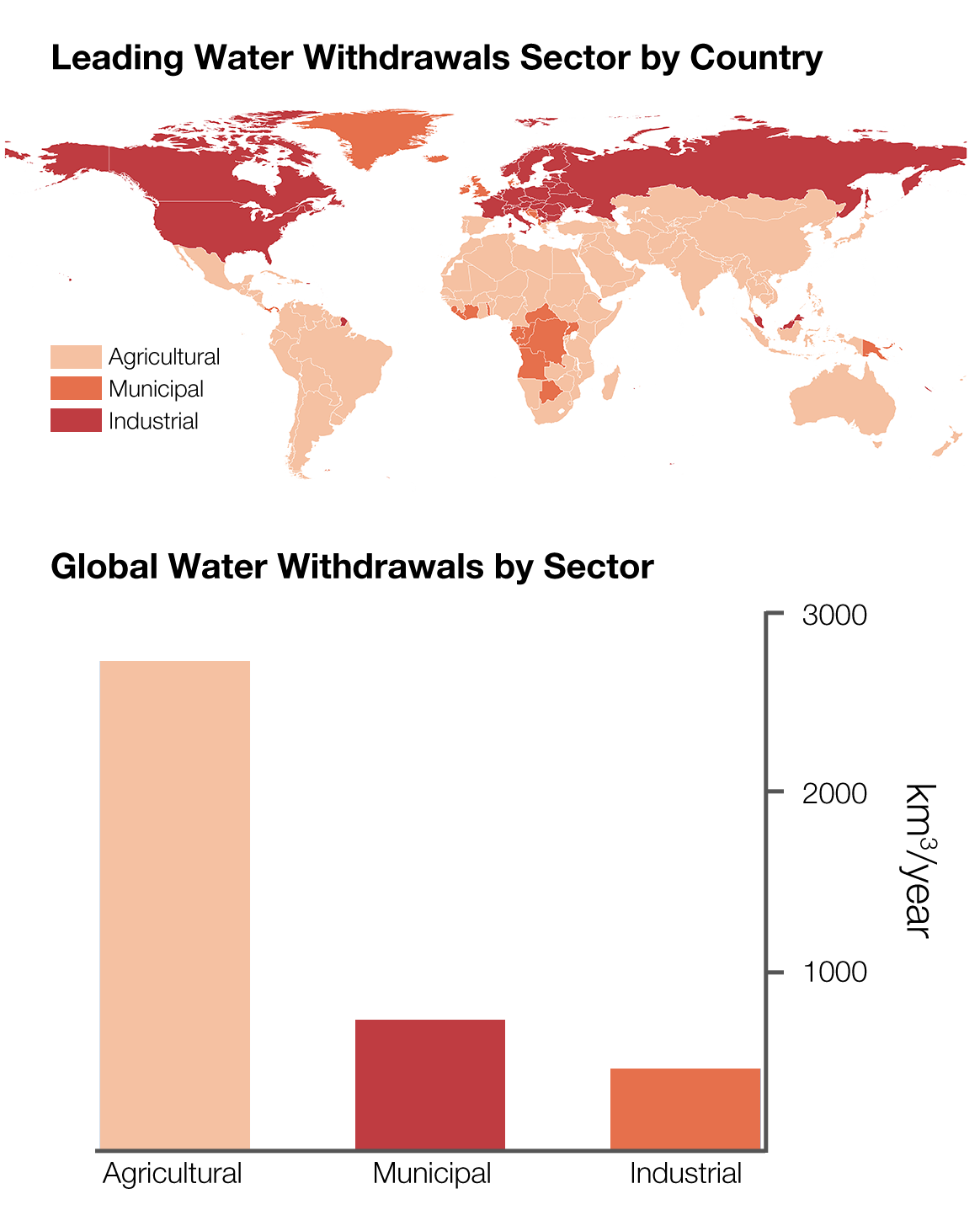

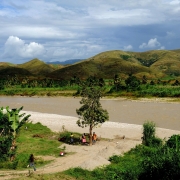
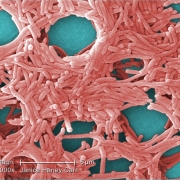
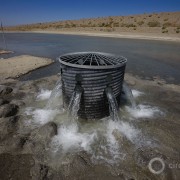
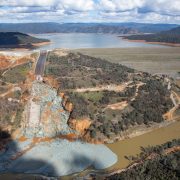
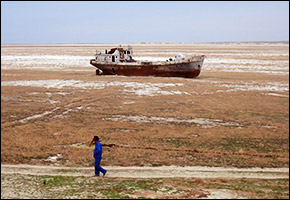
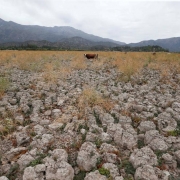


Leave a Reply
Want to join the discussion?Feel free to contribute!